
Is Flashdance based on a true story?
Explore the fascinating question: Is Flashdance based on a true story? Learn about the real woman behind the iconic film.
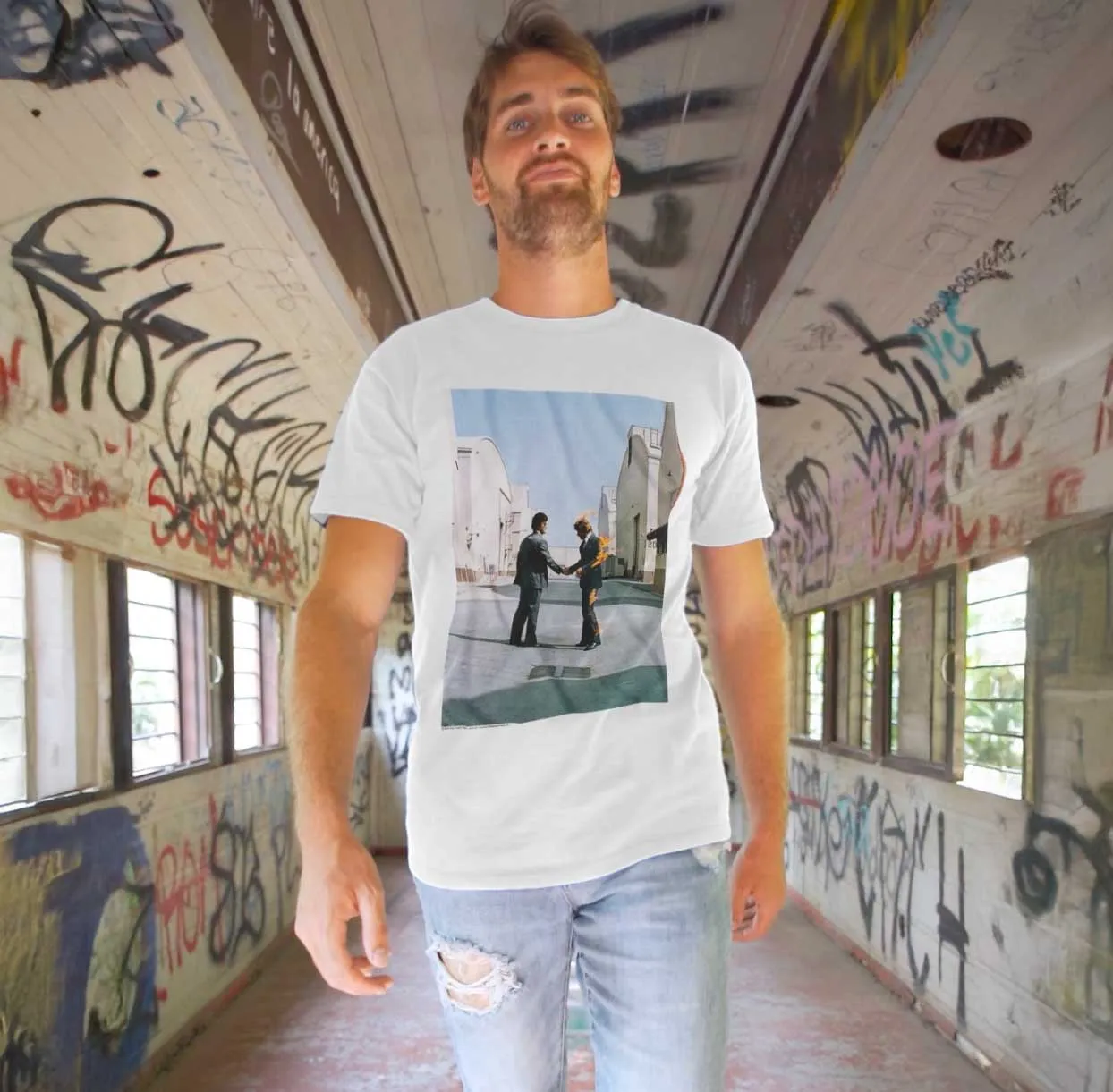
I wanna talk about one of the most iconic album covers in music history: Pink Floyd’s Wish You Were Here. Released in 1975, this album is not only celebrated for its sonic brilliance but also for its striking cover art, which has become a visual staple in the world of vinyl enthusiasts. Let’s unravel the story behind that mysterious photo, shall we
To understand the visual concept of Wish You Were Here, we need to start with the band’s intention behind the album. Following the massive success of The Dark Side of the Moon, Pink Floyd was grappling with themes of absence, alienation, and the music industry’s disillusionment. These themes were central to their new project, and they wanted an album cover that would encapsulate these feelings.
Enter Storm Thorgerson and Aubrey “Po” Powell of Hipgnosis, the design team behind many of Pink Floyd’s most memorable covers. Thorgerson, a longtime collaborator and friend of the band, was given the challenging task of creating an image that would capture the album’s essence.
The cover of Wish You Were Here features a surreal photograph of two businessmen shaking hands, one of whom is engulfed in flames. This image was meant to symbolize the deceptive and often “burning” nature of the music industry, where superficial pleasantries often mask deeper, more destructive realities.
The shoot took place on the backlot of Warner Bros. Studios in Los Angeles. The man on fire was a stuntman named Ronnie Rondell, who wore a specially treated suit and wig to protect him from the flames. Remarkably, this was all done practically—no Photoshop, no digital trickery. The flames were real, and the handshake, albeit brief, was genuine.
Creating this image wasn’t without its challenges. Thorgerson and his team had to contend with strong winds that made controlling the flames difficult. In one particularly dramatic moment, the wind shifted, causing Rondell’s flames to blow back towards his face. Despite these setbacks, they managed to capture the perfect shot after around 15 takes.
Interestingly, the cover wasn’t just about the burning man. The photograph was initially intended to be one of several images exploring themes of absence and the superficial nature of social interactions. This concept was also explored in the album’s inner sleeve and other promotional materials, which featured more thought-provoking imagery.
In true Pink Floyd fashion, the band also played with the idea of “absence” by initially shipping the albums in an opaque black shrink-wrap, hiding the actual cover. This was a nod to the album’s themes, forcing listeners to engage with the music before unveiling the art. When the shrink-wrap was removed, it revealed the iconic image we know today, along with a sticker of a mechanical handshake—a further commentary on the artificiality of the music industry.
If you were lucky enough to own Wish You Were Here on vinyl back in the day, you remember the gatefold—that eerie image of a man on fire, shaking hands like nothing was wrong. Back in those days there was a stark meaning to many an album cover. This one was clear.
That cover wasn’t just cool design. It was a funeral postcard to Syd Barrett.
Everything about that album feels like a letter never sent. The static at the start of the record. The empty ache of the title track. The way Shine On You Crazy Diamond builds slowly… like a memory fading in, then burning out.
This album was Floyd grieving, remembering, honoring the friend who started it all—and then vanished.
The cover of Wish You Were Here remains one of the most discussed and dissected pieces of album art in rock history. It’s a testament to the power of visual storytelling and its ability to convey complex themes and emotions. The burning handshake has become more than just an album cover; it’s a symbol of Pink Floyd’s critical stance on the music industry and a poignant reminder of the human cost of artistic expression.
For fans and vinyl collectors, owning Wish You Were Here is not just about the music; it’s about possessing a piece of rock history that continues to inspire and provoke thought. Whether you’re new to Pink Floyd or a longtime aficionado, take a moment to appreciate the artistry and courage that went into creating this unforgettable image.
That’s it for today’s dive into rock history. Keep spinning those records, and I’ll catch you next time with more stories behind the music we love.
Rock on
Sam




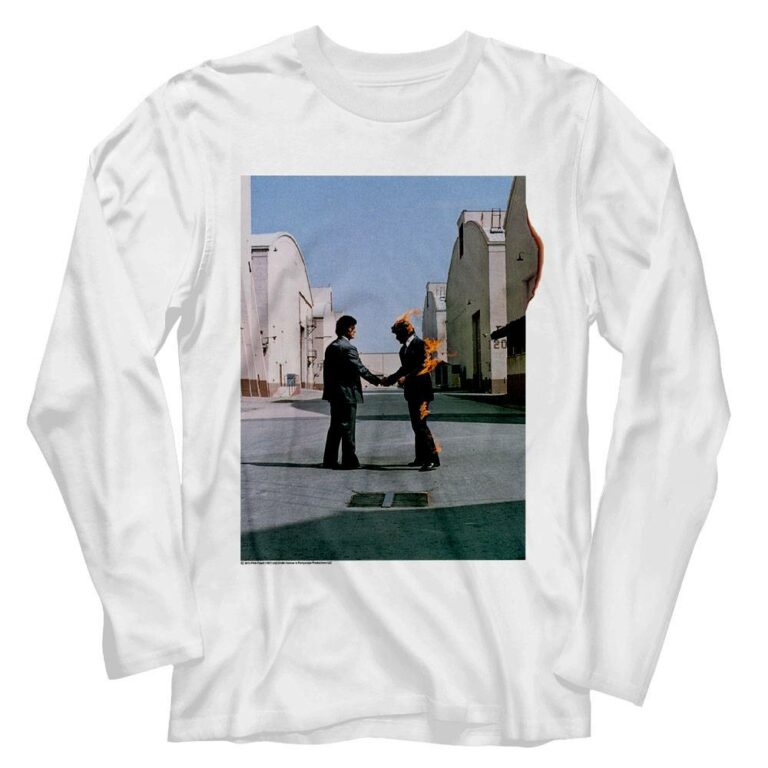
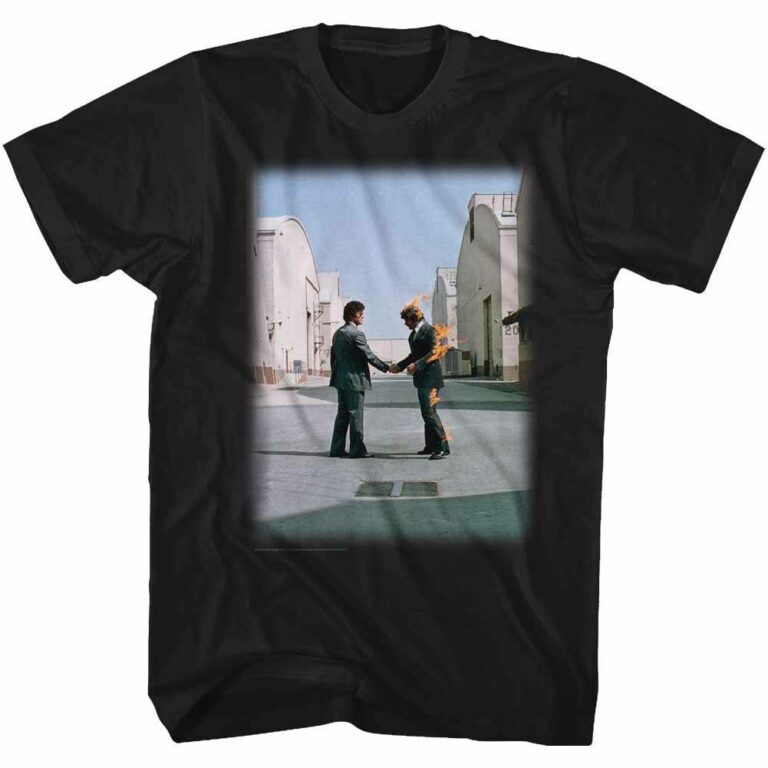
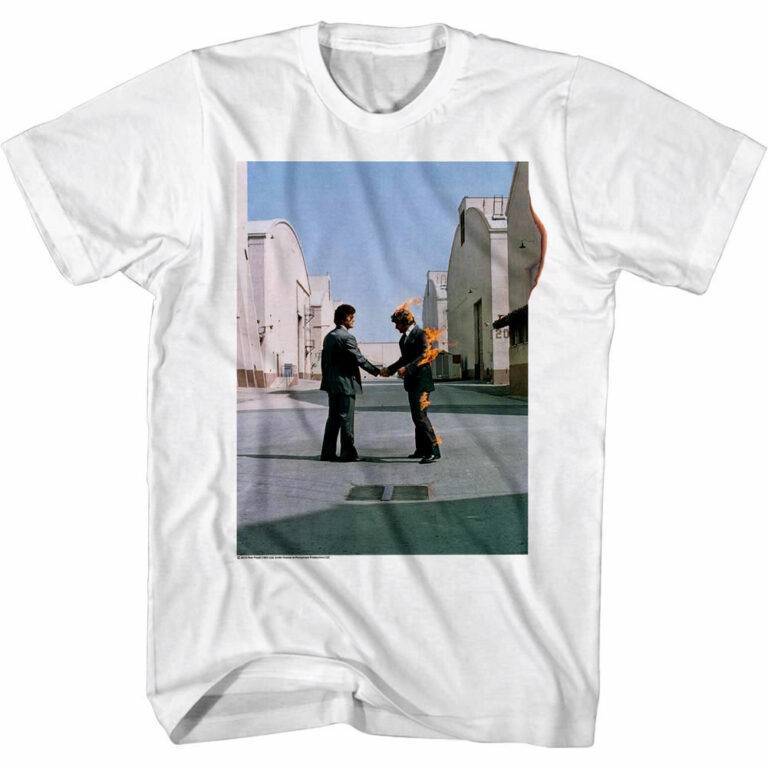


I like to write my thoughts often, some people have told me I'm funny and relatable, I will let you decide.
I give away t-shirts often, usually to people I like, or people that post photos or to just generally cool peeps! So if you like a message, write me back, I will respond
Stay Cool
Sam
Hey dude, thanks for joining my TeeMail list. I promise I will make it worth your while. And hey, if I don't you can just unsubscribe :D
Keep Rockin
Sam

Explore the fascinating question: Is Flashdance based on a true story? Learn about the real woman behind the iconic film.

Celebrate July 4th in style. Discover the Rock Tees you need for the BBQ and make a statement this Independence Day.
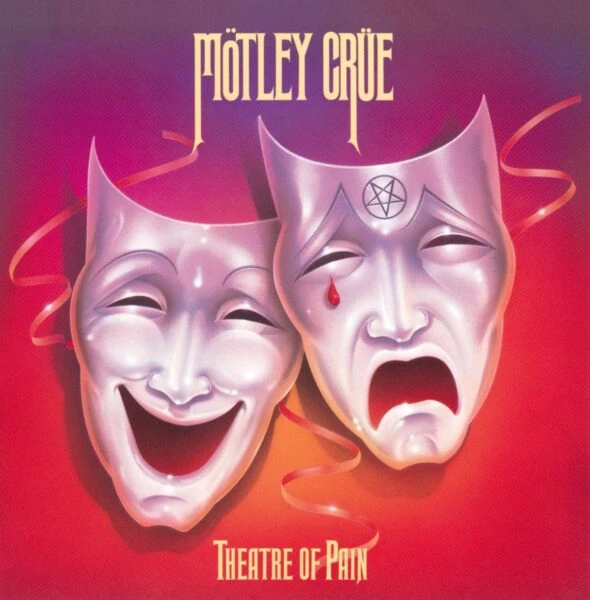
The band had gone through three rock ‘n’ roll lifetimes in just a few years. But then, they were back, with many fans divided.